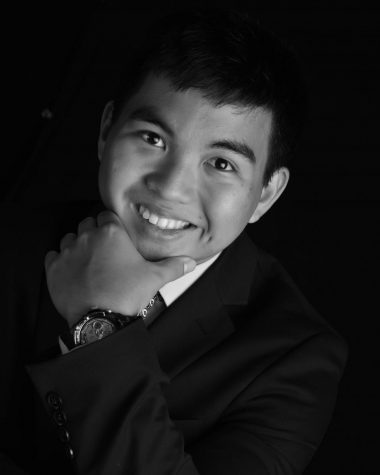The Importance Of Stop The Bleed

Courtesy of Department of Homeland Security
Stop The Bleed is a program that was created by the federal government to teach people how to stop the bleed.
Imagine this, you are in basic woodworking and a classmate falls off his chair and his hand gets horribly sawed by the table saw. What do you do?
At that very moment, you witness the accident, you only have 5 minutes before that classmate bleeds out. In Hawaiʻi, the ambulance takes an average of 8 minutes to respond, in that time that you wait for the ambulance to arrive on the scene, your classmate would have already bled out. This is why it is important for students to understand the basics of stopping the bleed.
In 2013, the Stop The Bleed program was created as a joint effort by the department of homeland defense, the American College of Surgeons, and many more partners, after the Sandy Hook School shooting. This course was designed to teach civilians the ability to stop a life-threatening injury. This knowledge doesnʻt only apply to school shootings, but any incident that involves major blood loss.
Classes in the Stop The Bleed program can be found across the island at most of the major hospitals for free. At Kamehameha Schools, the KS Lifesavers club will be debuting the Stop The Bleed program this year to train students, faculty, and staff the ability to rapidly intervene and save a life.
The class is free, but the knowledge you gain from a course is a lifesaver.

EMAIL: [email protected]
My name is Joby Lum, some know me as Mateo and I am a senior and a first-year member of Ka Moi. I came to the hill during my Freshmen year. I have many interests that range from photography to politics and medicine. I am the president of the KS Lifesavers Club and the KS Aviation Club. My dream is to become a paramedic and be able to serve those in my community. I chose to join Ka Moi because I love to write and be able to show the other side of a story. I feel that Ka Moi will help me become a stronger writer and expose me to the world of journalism.

